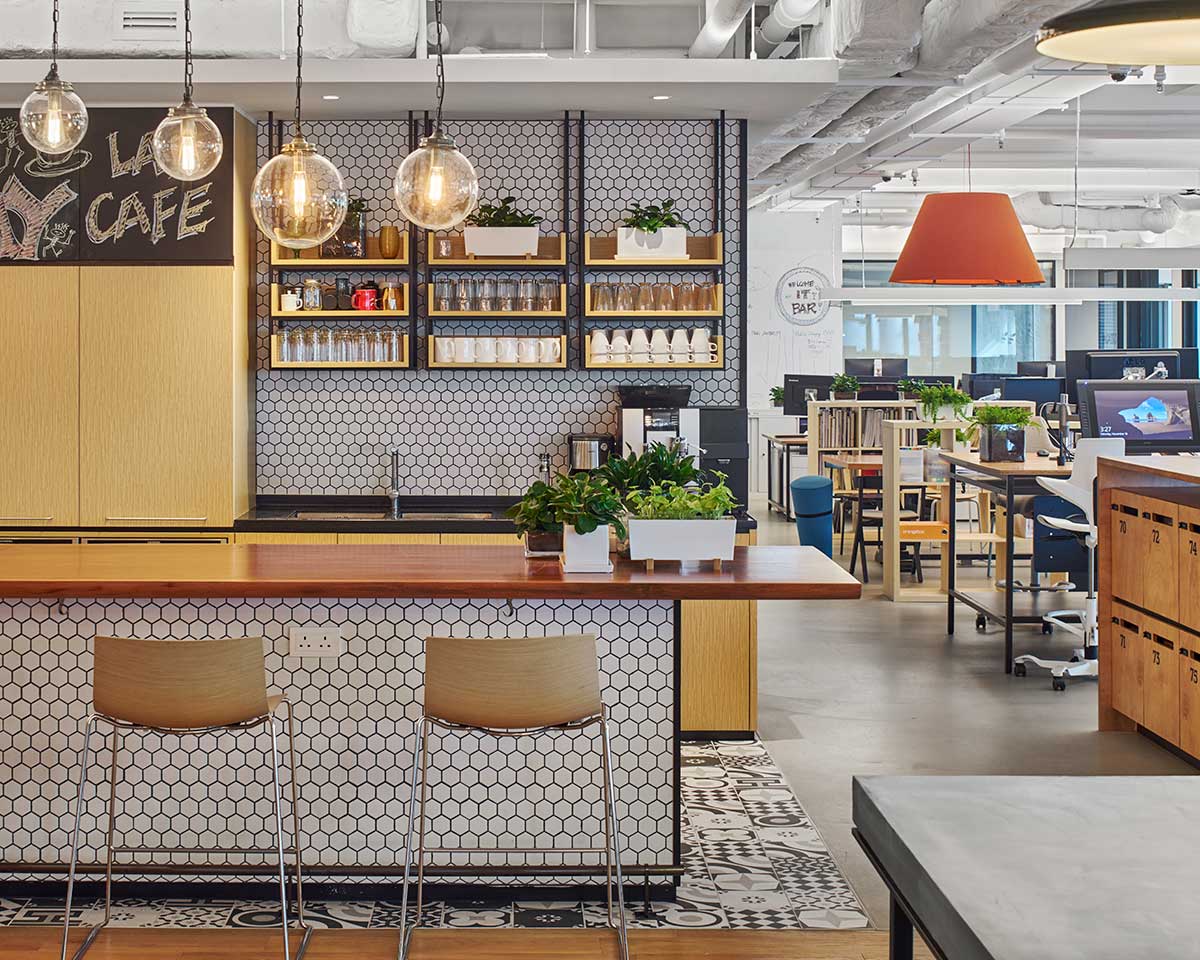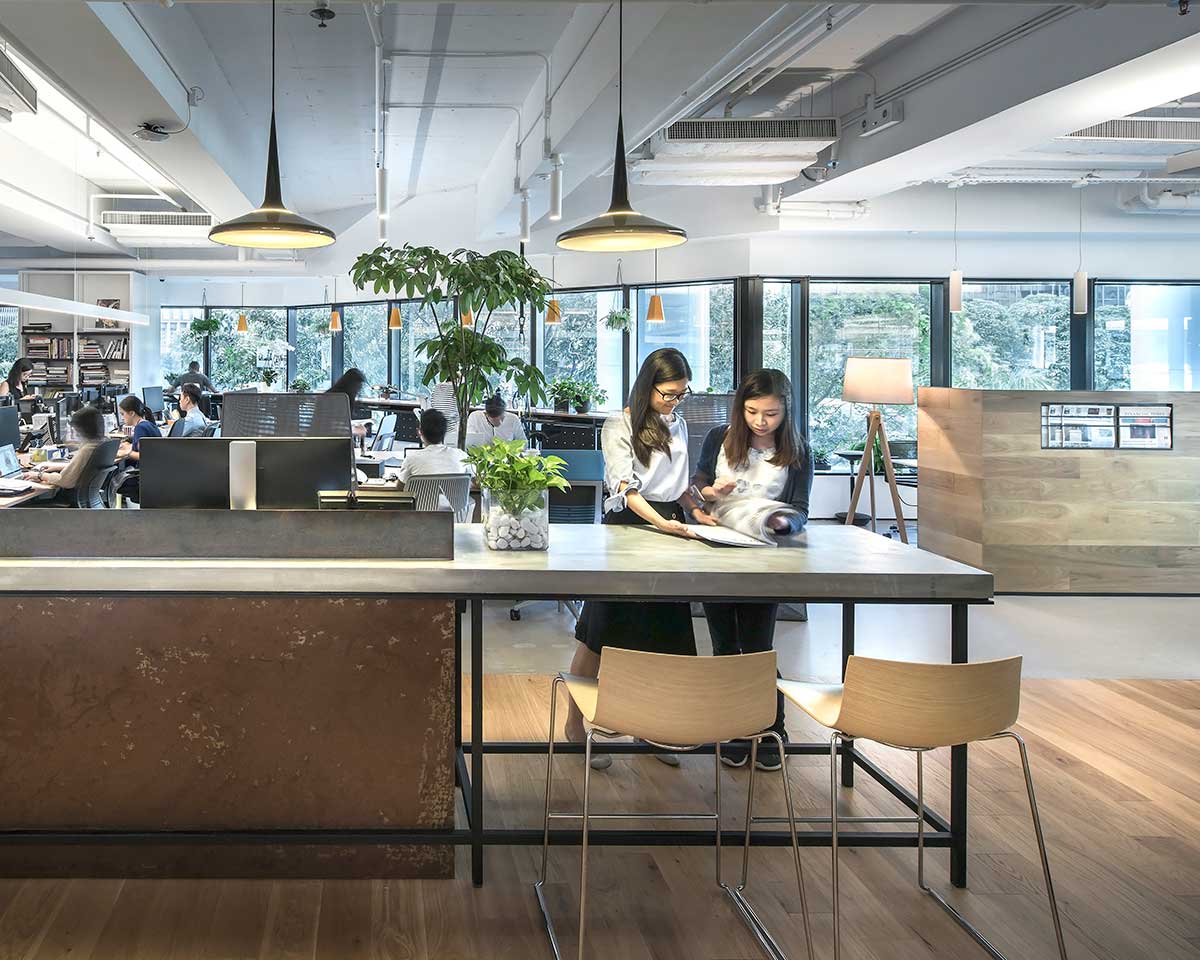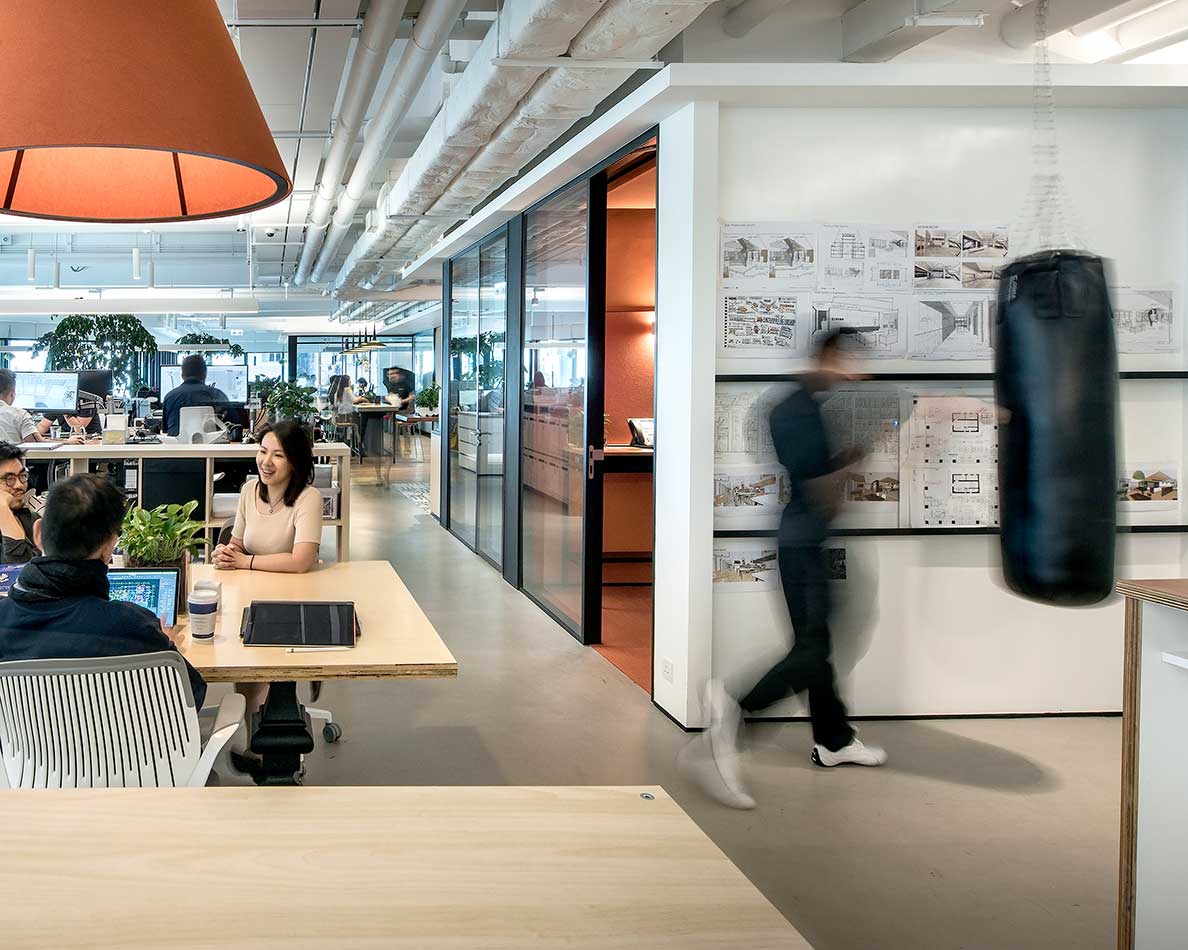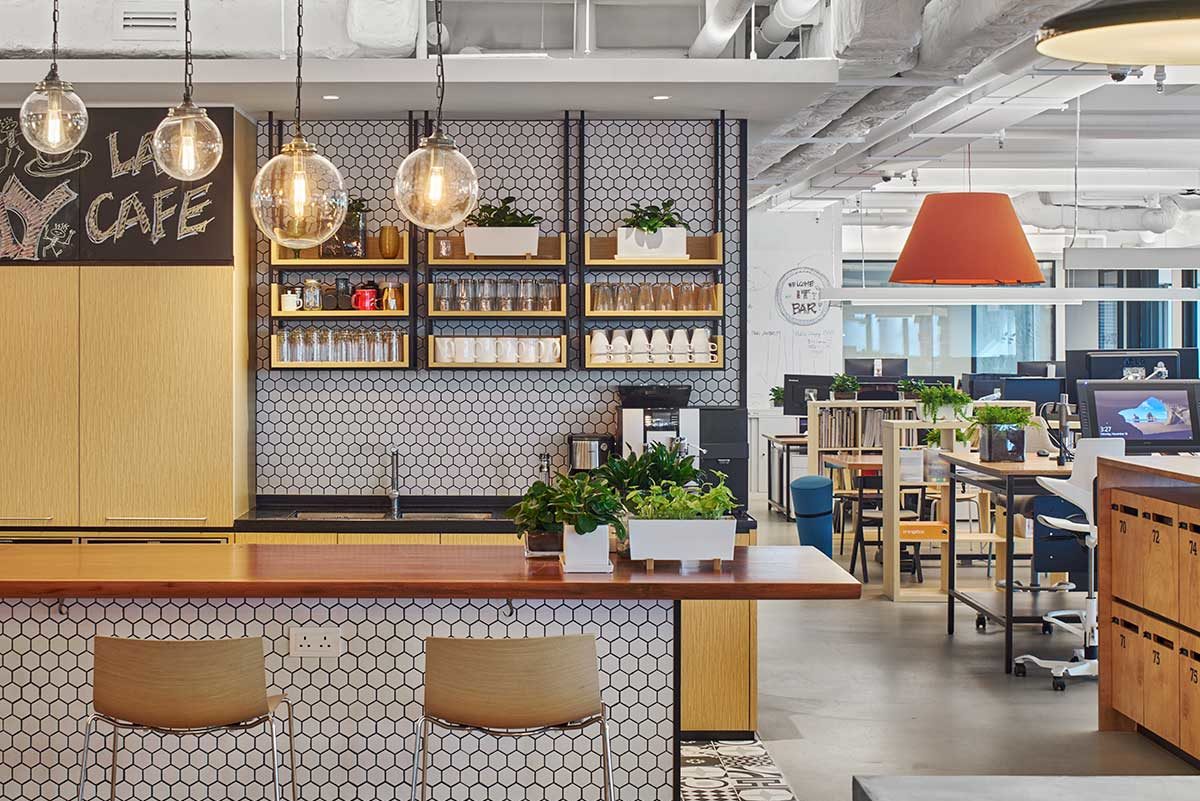Embracing healthy materials and holistic design goes a very long way in supporting wellness.

Versatile zones can transition from open collaboration to quiet focus booths to dynamic yoga classes during breaks. [Photo: Courtesy of M Moser Associates]

Christine Bruckner is a 2018 WSLA recipient. She works with client and community stakeholders to encourage deep dive investigation, coordination, and sustainable best practice. She is also an early adapter of the International WELL Building Institute certification method and leads M Moser’s global WELL integrative design solution initiatives.
Design has a powerful ability to impact human health and mental well-being both tangibly and intangibly, extending beyond quantitative concepts such as ergonomics, air quality, and light, to address what enables people to feel their best within a space. This ranges from selecting healthy, sustainable materials to empowering and reducing stress by giving people the flexibility and versatility to adjust spaces to meet ever-changing needs. Mental well-being is predominately affected by comfort within a given space and can be impacted by factors like acoustics, glare, and other “distractions.” As designers, we are presented with the opportunity to improve people’s lives, balancing both the qualitative and quantitative to address the essence and impact of a space.

Tree-table designs enable occupants to gather in sun-lit areas, experiencing the shade of the tree in a more casual and productive environment. [Photo: Courtesy of M Moser Associates]
From simple solutions like green walls on wheels, moveable and writeable partitions, or multi-purpose zones that can transform based on the varying needs of occupants, we can make many design choices to address mental well-being through space. Creating areas that encourage energetic, physical activity without distracting those who require quiet focus can be key to addressing the needs of a broad range of individuals, roles, and tasks.
Built-in spaces for wellness and reflection can interweave with the culture of an organization, helping occupants to recognize the importance of breaks and other activities like focused preparation, de-stressing, or nursing. By removing environmental pressures, we create places that help people concentrate, wind down, and recover. Supporting this rejuvenation and renewal with healthy food and natural materials within welcoming, obligation-free spaces that consider adjacencies, colors, and proportions can help to mitigate stress and burnout.

[Photo: Courtesy of M Moser Associates]
Ever striving to further empower people through human-centric design, our offices across the globe act as holistic “living labs” where we test how a space can truly support health and mental well-being. Through light, air, movement, and privacy to sustainability initiatives that encourage planetary stewardship, there are many ways to enhance human experience. Integrating wellness-focused design from the very beginning is vital to ensuring the spaces we create are places that satisfy physical and mental needs.


